Remodeling the Landscape
This is a column written from deep heartfelt emotion. I have a hard time replacing plants that have served me for many years – even though they’ve outlived their usefulness and now look like they’re ready to be put out to pasture.
There come times when we need to take a new look at old plants and start over with our landscape designing. One of the most evident places where landscapes could be improved is in bed shape and proportion.
We gardeners don’t need to feel locked into elongated, rectangular beds that do little more than repeat the lines of our houses. Picture how elegant your gardens would be if the beds were free-flowing, curved and graceful.
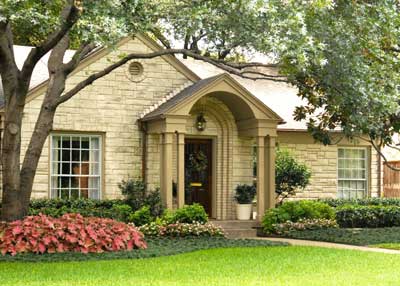
While you’re doing that, bring them out several feet farther from the walls of your house. Let them be 5 or 7 feet wide, broadening to 8 or 12 feet (or more) as they wrap around the corners. If a shade tree has caused your turf to thin or die out entirely, bring the beds out to encompass the tree – tie it into the landscape as well.
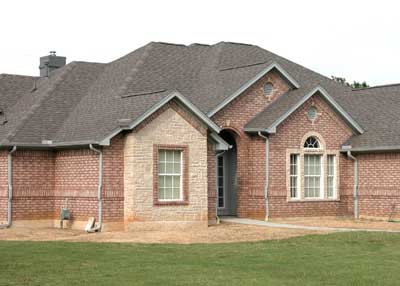
From a practical standpoint, I use a really flexible rubber garden hose to lay out my beds’ contours. I work on a sunny, hot day so the hose will bend easily. I have someone work with me – someone whose chief responsibility is to stand on the end of the hose while I whip it around into an elongated, gentle curve for the bed.
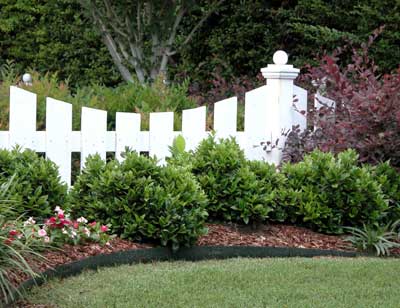
As I get the form that I like, I have my friend move forward, closer and closer to me, until the entire bed is laid out. Before anything can happen to the layout I like, I stake out the bed boundaries and I start planning on paper.
There’s a good chance that your new bed design will encompass plants from your old landscape. We often want to work some of these plants into our new design, and that’s entirely fine as long as we’re not trying to save the old and unsightly ones.
Odds are that you’ll be doing beds on both sides of your entryway. Resist the urge to make them symmetrical. Most houses are not mirror images, so neither should our landscapes be.
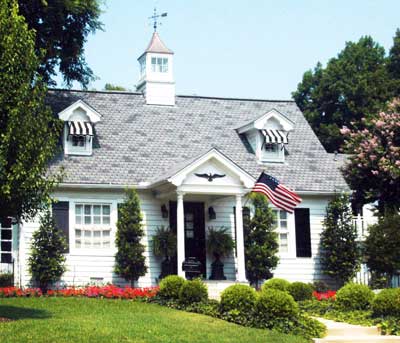
Determine what the focal point of your new garden design will be. Generally, it’s the front door. Whatever it is, figure the best way to draw attention directly to it. Create a visual funnel by planting taller plants to the left and right. That will guide the eye down toward the door.
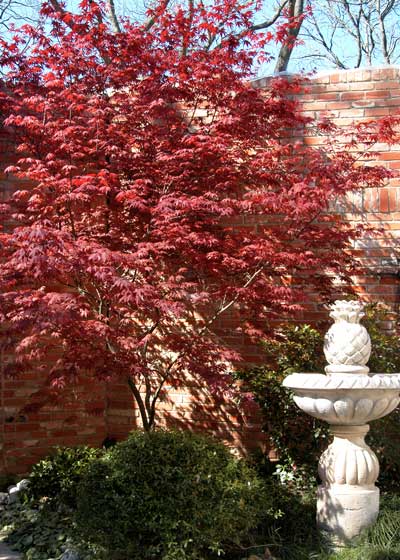
Another way would be to plant a dramatic accent plant to the left or right of that focal point. Perhaps it could be a small flowering tree such as a crape myrtle or a lovely winter-fruiting, multi-trunked yaupon holly. In shade it could be a red-leafed Japanese maple.
Plant the accent far enough out from the house that it would never grow to be a problem – 10 or 12 feet or more. That’s going to put it near the front edge of the bed.
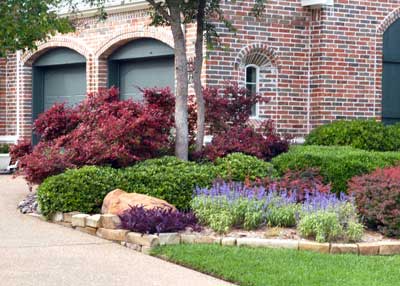
Plant your shrubs in rounded clusters or groupings of odd numbers of plants (5, 7 or 9, for example). Remember that you’re trying to avoid straight rows.
Limit your shrub choices to four or five types in a variety of textures just to keep it all interesting. Know each type’s mature height and width. Choose plants that won’t outgrow the space you have available for them.
Repeat the types of shrubs on the opposite side of your entryway and front walk, but again, avoid symmetrical designs.
Groundcovers provide a nice transition from shrubs to turf. They tie the looks of your landscape together, although you don’t have to fill the entire bed with groundcover. Bark mulch or small river rock can both be attractive ground-covering materials as well.
Nurseries are beginning to restock their inventories for fall plantings. Let your favorite nursery professional help as you’re selecting your plants. Ask for types that aren’t likely to have problems with your soil or your climate.
This could be the year you make some big strides in upgrading the looks of your landscape.
Happy plantings!
